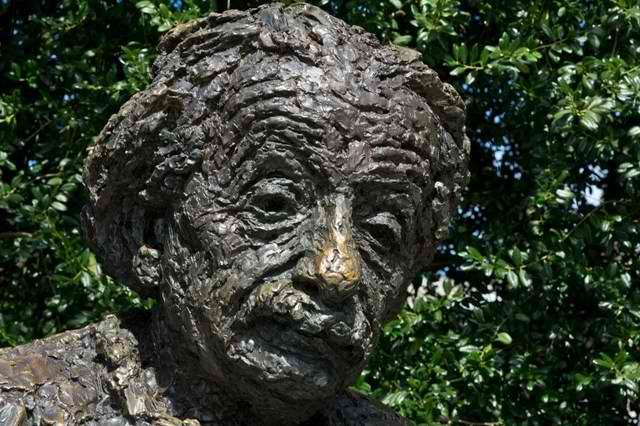SUMMARY
This is AI generated summarization, which may have errors. For context, always refer to the full article.

PARIS, France – The European Space Agency (ESA) on Thursday, December 3, said it had launched a prototype lab to test a key part of Albert Einstein’s theory of relativity, published almost exactly a century ago.
A Vega light rocket lifted off from the ESA’s space base in Kourou, French Guiana, carrying a “technology demonstrator” called LISA Pathfinder into orbit, it said.
The probe aims at observing gravitational ripples in space – something predicted by Einstein in his General Theory of Relativity, published on December 2, 1915.
His theory forecasts that these fluctuations should be present throughout the Universe, caused by massive, accelerating objects.
So far, though, the ripples have not been directly detected because they are so tiny, the ESA said in a press release.
“The ripples emitted by a pair of orbiting black holes would stretch a million-kilometer (500,000-mile) ruler by less than a single atom,” it said.
The key experiment in LISA Pathfinder comprises two small, identical gold-plated platinum cubes, separated by 38 centimeters (23.75 inches).
Isolated from every external and internal force except gravity, the cubes will be put into “the purest freefall ever produced in space” — the point being to see if their position is altered by gravitational waves, ESA said.
“Gravitational waves are the next frontier for astronomers. We have been looking at the Universe in visible light for millennia and across the whole electromagnetic spectrum in just the past century,” said Alvaro Gimenez Canete, ESA’s director of science and robotic exploration.
“But by testing the predictions made by Einstein one hundred years ago with LISA Pathfinder, we are paving the road towards a fundamentally new window on the Universe.”
Over the next two weeks, six thruster boosts will propel LISA Pathfinder towards its intended location, a stable point in space called L1, around 1.5 million kilometres from Earth towards the Sun.
If all goes well, it will begin its six-month scientific mission in early March. – Rappler.com
Add a comment
How does this make you feel?
There are no comments yet. Add your comment to start the conversation.